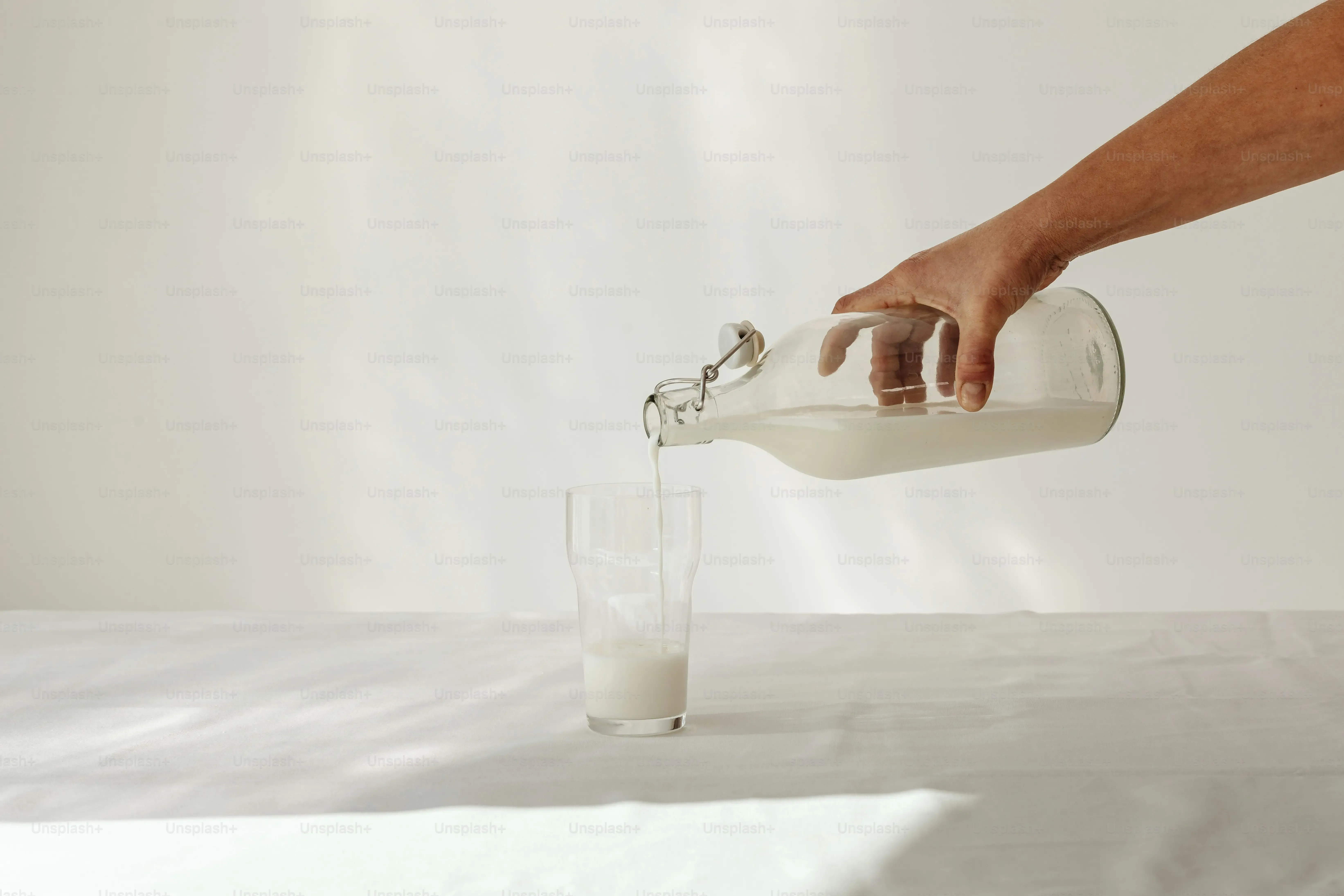Table of Contents
Walk down the dairy aisle these days and it's less about choosing between whole or skim and more like navigating a liquid jungle. Cow's milk, almond, soy, oat, cashew, pea protein, hemp – the list goes on, each carton vying for your attention. If you're watching your calorie intake, trying to manage your weight, or simply curious about lighter alternatives for your coffee, cereal, or smoothies, finding the right low calorie milk replacement can feel like a chore. It’s easy to grab the first "light" option you see, but do you know what you're actually pouring? Many promise health benefits but pack hidden sugars or lack essential nutrients.
Why Seek a Low Calorie Milk Replacement?
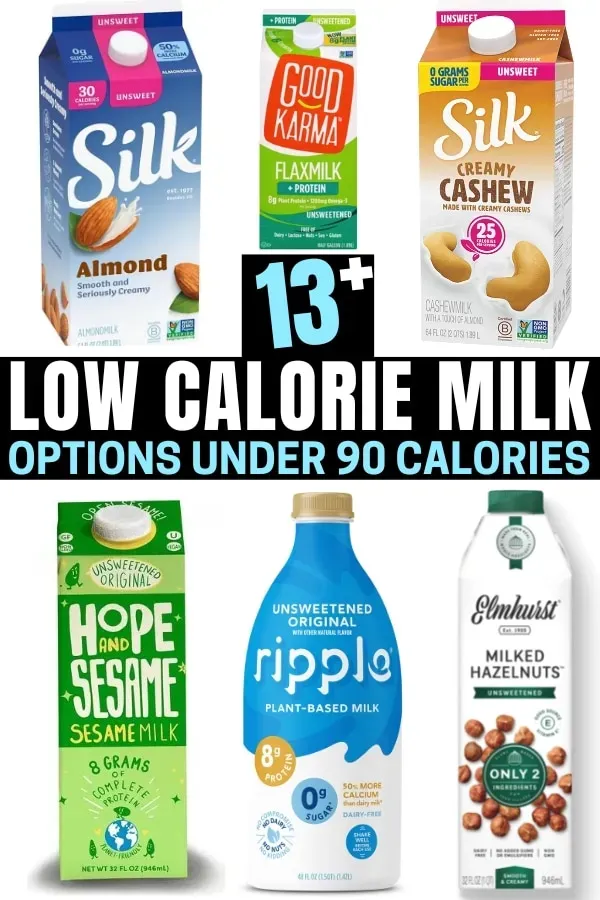
Why Seek a Low Calorie Milk Replacement?
Cutting Calories Without Cutting Flavor
Let's be honest, sometimes you just want a splash of something creamy in your coffee or a decent base for your smoothie without adding a truckload of extra calories. Traditional dairy milk, especially whole milk, adds up fast if you're tracking your intake. Even 2% can contribute more than you might realize over the course of a day, especially if you're using it in multiple drinks or with cereal. Finding a low calorie milk replacement isn't about deprivation; it's about making smarter swaps that allow you to enjoy the things you like while keeping your calorie goals in sight. Think of it as optimizing your liquid intake – getting the volume and texture you want with less of the caloric baggage.
Beyond Weight: Dietary Needs and Preferences
It's not always just about shedding pounds. Maybe dairy doesn't sit well with your stomach, or perhaps you're exploring plant-based eating for environmental or ethical reasons. The good news is, the world of milk alternatives has exploded, and many of these options naturally fall into the low-calorie category. Lactose intolerance is a big one; dairy milk simply isn't an option for millions. Others might have specific allergies. Whatever the underlying reason, opting for a low calorie milk replacement can be a simple way to navigate dietary restrictions or preferences while also being mindful of your overall energy intake. It offers flexibility and opens up possibilities for recipes and drinks you might otherwise avoid.
- You're counting calories for weight loss or maintenance.
- Dairy gives you digestive issues.
- You're trying to reduce saturated fat intake.
- You follow a vegan or plant-based diet.
- You just prefer the taste of certain alternatives.
- You want more volume in your drinks for fewer calories.
Top Low Calorie Milk Replacement Options Ranked
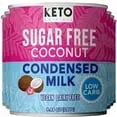
Top Low Calorie Milk Replacement Options Ranked
The Contenders for Lightest Liquids
Alright, let's get down to brass tacks. When you're looking for a low calorie milk replacement, you're primarily scanning the nutritional label for that calorie count per serving, usually a cup. But it's not just about the number; it's also about what else is (or isn't) in there – sugar, protein, fat, and added vitamins. Some options are watery and better suited for cereal, while others offer a creaminess that mimics dairy more closely, making them better for coffee or cooking. We've sifted through the endless varieties to highlight the ones that consistently land at the lower end of the calorie spectrum without tasting like flavored water.
Breaking Down the Lowest Calorie Options
At the absolute bottom of the calorie list, you'll often find unsweetened cashew milk and unsweetened almond milk. We're talking as low as 25-35 calories per cup. They are thin, yes, but for splashing in tea or coffee where you don't want much impact on flavor or texture, or as a base for a protein-packed smoothie where other ingredients add thickness, they work well. Unsweetened macadamia milk is another contender in this ultralight category, though it can be pricier and less widely available. These options are primarily water, a bit of fat, and minimal carbs or protein, which is exactly why they are so low in calories.
Low Calorie Milk Replacement | Approx. Calories (per cup, unsweetened) | Key Feature |
|---|---|---|
Unsweetened Cashew Milk | 25-35 | Often creamier texture for low calories |
Unsweetened Almond Milk | 30-40 | Widely available, neutral taste |
Unsweetened Macadamia Milk | 50-60 | Nutty flavor, decent texture |
Unsweetened Soy Milk | 80-90 | Higher in protein than most nut milks |
Choosing Your Low Calorie Milk Replacement: Beyond the Calories
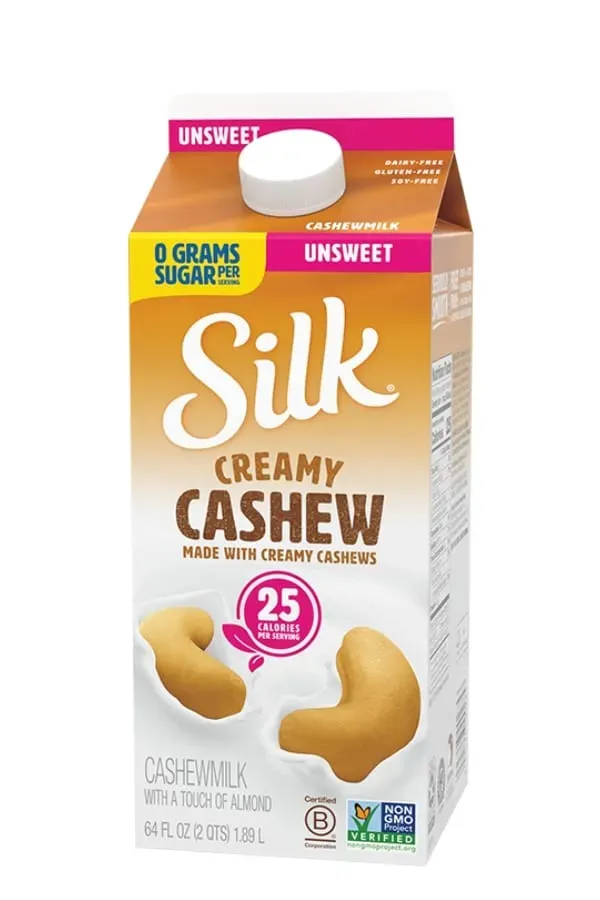
Choosing Your Low Calorie Milk Replacement: Beyond the Calories
More Than Just a Number
so you've seen the calorie counts, and the lowest numbers look appealing. But picking the best low calorie milk replacement for you involves more than just scanning that one line on the nutrition label. Think about how you actually plan to use it. Are you pouring it into your morning coffee, where texture matters? Some low-calorie options can curdle or separate, leaving you with a less-than-pleasant experience. Are you using it in smoothies or baking? The flavor profile becomes crucial – some nut milks have distinct tastes that can overpower other ingredients. And what about nutrition? Many low-calorie alternatives are fortified with calcium and vitamin D, which is great, but they often lack the protein found in dairy or soy milk. If you rely on your milk for a protein boost, a 30-calorie almond milk might not cut it. Also, check for added sugars or thickeners; sometimes, to make a low-calorie option palatable or creamy, manufacturers add things you might prefer to avoid.
Tips for Using Your Low Calorie Milk Replacement
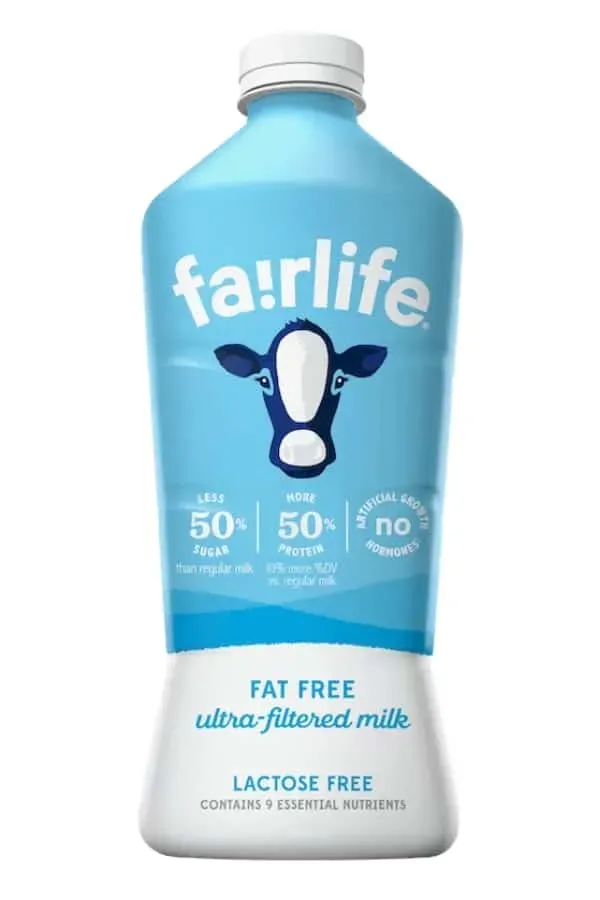
Tips for Using Your Low Calorie Milk Replacement
Mastering the Morning Brew and Smoothies
so you've picked out your low calorie milk replacement. Now what? Most people first swap it into their coffee or tea. Be aware that some lower-calorie options, especially those with minimal thickeners, can separate when added to hot liquids. To avoid that unappealing curdled look, try adding the milk alternative first to your mug and then pouring the hot liquid over it, stirring as you go. For smoothies, almost any low calorie milk replacement works as a liquid base. They add volume without piling on calories, letting the fruits, veggies, or protein powder do the heavy lifting. If you want a creamier smoothie, look for options that mention "barista blend" or have slightly more fat (though still low calorie overall) or use a frozen fruit or ice to thicken it up.
Cooking and Baking Swaps That Actually Work
Using a low calorie milk replacement in cooking and baking can be trickier than just pouring it into a glass. Dairy milk contains specific proteins and fats that contribute to structure, richness, and browning in recipes. When you swap to a nut or grain milk, you lose those properties. Thin, low-calorie options might make baked goods less tender or sauces too watery. For creamy sauces or soups, you might need to add a thickener like cornstarch or a touch of cashew cream. When baking, especially in recipes where milk is a primary liquid like pancakes or muffins, you might need to experiment or look for recipes specifically developed for plant-based milks. Don't expect a perfect 1:1 swap every time, but with a little trial and error, your low calorie milk replacement can work in many culinary applications.
- Coffee and Tea (watch for separation in hot drinks)
- Cereal and Oatmeal (classic use, texture less critical)
- Smoothies (adds volume without calories)
- Protein Shakes (mixes easily)
- Sauces and Soups (may need thickeners)
- Baking (requires experimentation, might affect texture)
Checking the Label: Fortification and Nutrition
While you're focused on the low calorie aspect of your milk replacement, don't forget the rest of the nutritional panel. Cow's milk is a good source of calcium and vitamin D, and many alternatives are fortified to match this. But fortification levels can vary wildly between brands and types. Always check that your chosen low calorie milk replacement provides these essential nutrients, especially if you rely on milk for them. Also, look at the protein content. Most nut and rice milks are very low in protein. Soy milk is the common exception, offering protein comparable to dairy. If you're using the milk alternative as a significant part of your diet, consider where else you'll get protein and other nutrients that might be missing compared to dairy.
Finding Your Pour: Final Thoughts on Low Calorie Milk Replacement
Navigating the world of low calorie milk replacement options doesn't have to be complicated. We've looked at why making this choice can support your health goals and broken down some of the leading contenders based on their calorie profiles and what else they bring to the table. Remember, the "best" option isn't just about the lowest number on the label; it's about finding a replacement that fits your dietary needs, taste preferences, and intended use. Whether you're blending a smoothie, splashing it in coffee, or pouring it over cereal, there's likely a low-calorie alternative that works for you. Give a few a try, read those nutrition labels closely, and see which one becomes your go-to. Your taste buds and your waistline might just thank you.
